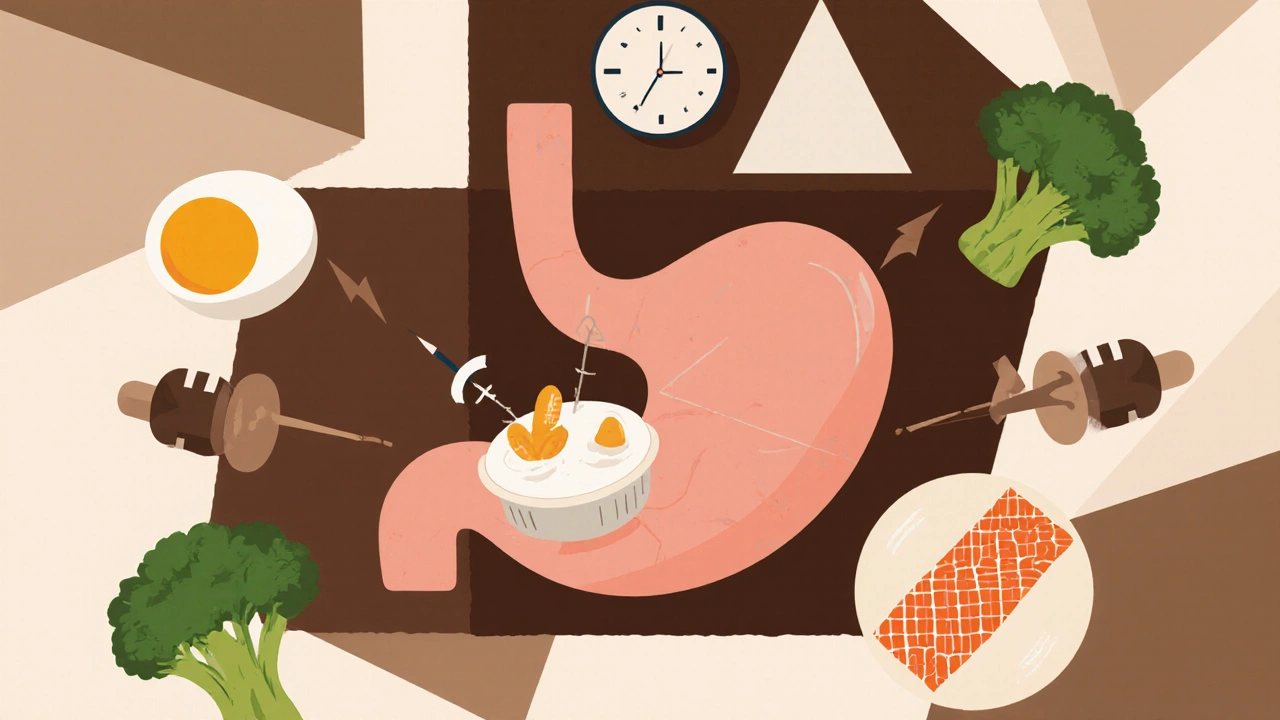
More than 10 million Americans are now using GLP-1 receptor agonists like Ozempic, Wegovy, or Trulicity - not just for diabetes, but for weight loss. And while the results can be life-changing, up to 70% of users experience gastrointestinal side effects. Nausea. Vomiting. Diarrhea. Constipation. For many, these aren’t just inconveniences - they’re deal-breakers. The good news? You don’t have to quit. With the right meal plan and a smart dose titration strategy, most people can get through the rough patch and stick with treatment long-term.
Why GLP-1 Drugs Cause GI Problems
GLP-1 medications work by slowing down how fast your stomach empties. That’s why you feel full longer and eat less. But that same mechanism is why food sits in your stomach longer, leading to nausea, bloating, and sometimes vomiting. These drugs also interact with brain receptors that trigger nausea, especially when you first start or increase the dose. The side effects aren’t random - they’re predictable, dose-dependent, and usually temporary.Short-acting drugs like Byetta cause more nausea and vomiting early on. Long-acting ones like semaglutide (Ozempic, Wegovy) and dulaglutide (Trulicity) tend to cause more diarrhea later. But here’s the key: symptoms drop sharply over time. By week 8, nausea drops by half. By week 56, only about 5.5% of people still feel it regularly. That means the worst is usually over before you even realize it.
How to Titrate Your Dose Right
Most people make one big mistake: they stick to the textbook timeline. But that’s not how real life works. The FDA-approved schedules are minimums, not rules. If you’re feeling sick, don’t push through.Here’s what actually works:
- Wait until symptoms disappear for at least 7 straight days before increasing your dose.
- If nausea is moderate (you can still eat and drink), delay the next step by 2-4 weeks.
- If you vomit more than twice a week or can’t keep fluids down, hold the dose for 4-6 weeks.
- Never increase if you’re dehydrated, dizzy, or losing weight too fast.
Studies show patients who use this symptom-guided approach cut their discontinuation rate by more than half. One 2023 JAMA study found that extending titration from 16 to 24 weeks reduced dropouts by 37%. That’s not just a tip - it’s a medical recommendation backed by data.
Some endocrinologists now recommend starting even slower: 4 weeks at each step instead of 2. If you’ve had stomach issues before - IBS, gastroparesis, chronic nausea - go even slower. Your body isn’t failing. You’re just being smart.
Meal Planning That Reduces Nausea by 40%
What you eat matters more than you think. A 2023 patient survey from the Obesity Action Coalition found that 65% of people who stuck with GLP-1 therapy for over a year followed three simple rules:- Keep meals under 400 calories during titration
- Limit fat to under 15g per meal
- Avoid more than 20g of simple carbs (sugar, white bread, juice) in one sitting
That’s not a diet. That’s damage control. High-fat, high-sugar, or large-volume meals overwhelm your slowed digestion. The result? Nausea spikes. You don’t need to starve - you just need to adjust.
Here’s a real-world example:
- Breakfast: 2 boiled eggs + 1/2 cup plain Greek yogurt + 1/4 cup berries (28g protein, 12g fat, 18g carbs)
- Lunch: Grilled chicken breast (4 oz) + 1 cup steamed broccoli + 1/2 cup quinoa (30g protein, 10g fat, 35g carbs)
- Dinner: Baked salmon (3 oz) + 1 cup sautéed spinach + 1/2 cup sweet potato (25g protein, 14g fat, 28g carbs)
Notice the pattern? Protein is high. Carbs are complex. Fat is low. Portions are small. No fried food. No soda. No dessert.
On Reddit’s r/Ozempic community, the top-rated post says this: “I started eating 20-25g protein within 30 minutes of waking. Then I ate 300-400 calorie meals every 3-4 hours. Nausea went from daily to once a week.” That’s not luck. That’s strategy.
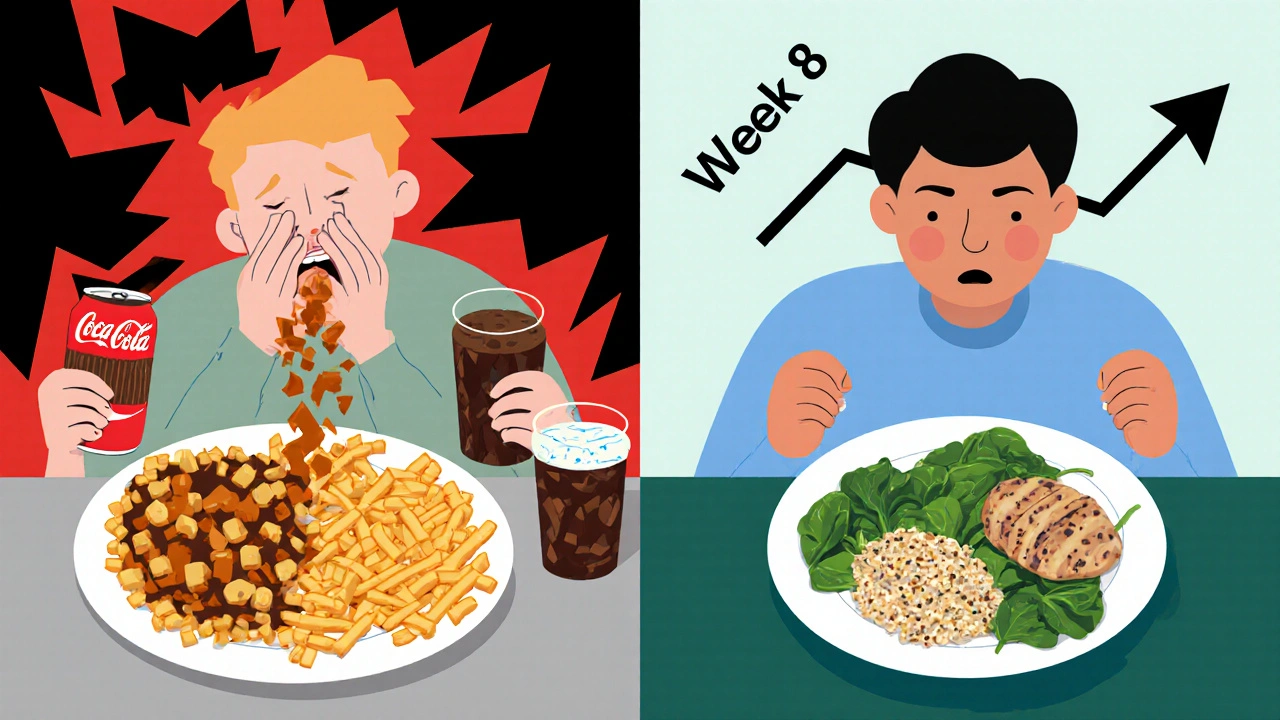
Timing Matters More Than You Think
It’s not just what you eat - it’s when.Take your injection first thing in the morning. Wait 30-60 minutes before eating anything. Drink only water. No coffee, no tea, no juice. Then eat your first small meal.
Why? Because GLP-1 drugs hit peak concentration around 2-4 hours after injection. If you eat right after, your stomach is already slowing down. Wait, and your body adjusts.
Also, avoid eating within 3 hours of bedtime. Lying down with a full stomach after a GLP-1 injection? That’s a recipe for reflux and nausea. A Mayo Clinic patient reported: “I started eating dinner 2 hours after my injection - nausea dropped from severe to mild in 3 days.”
Fluids are another big one. Drink water throughout the day, but limit it to 120-180ml (4-6 oz) with meals. Too much liquid with food dilutes stomach acid and makes digestion harder. Skip carbonated drinks entirely. Bubbles = bloating = more nausea.
What to Do When Symptoms Hit
If you feel nauseous, don’t panic. Here’s what to do:- First 24-48 hours: Stick to clear liquids - water, broth, electrolyte drinks. No solid food.
- Next 2-3 days: Move to bland, easy-to-digest foods: toast, rice, bananas, applesauce (BRAT diet).
- After that: Slowly reintroduce protein-rich meals in small portions.
Don’t try to “tough it out” with a full sandwich or pasta bowl. That just makes it worse. The American Gastroenterological Association recommends this step-by-step approach for a reason - it works.
If vomiting happens more than twice in a week, stop the dose. Wait 7-10 days. Then restart at the previous level. You’re not failing. You’re protecting your progress.
What Not to Do
Here are the most common mistakes - and why they backfire:- Trying to eat “normally”: 600+ calorie meals during titration? 82% of people who did this quit within 8 weeks.
- Skipping meals: Fasting makes nausea worse. Your body needs steady protein to stabilize blood sugar and reduce nausea.
- Drinking alcohol: It irritates the stomach lining and increases dehydration risk.
- Changing the injection time: Stick to the same time every week. Consistency helps your body adapt.
- Ignoring dehydration: Nausea + vomiting = fluid loss. Watch for dark urine, dizziness, dry mouth. Drink electrolytes if needed.
When to Call Your Doctor
Most GI side effects are mild and temporary. But some signs need attention:- Vomiting more than twice a week
- Severe abdominal pain that doesn’t go away
- Yellowing of skin or eyes
- Unexplained weight loss beyond the expected amount
- Signs of dehydration (no urine for 8+ hours, rapid heartbeat, confusion)
These are rare - under 1% of users - but they can signal serious issues like pancreatitis or gallbladder disease. Don’t wait. Call your provider.
What’s New in 2025
Manufacturers are catching on. Novo Nordisk now includes free access to a registered dietitian for the first 6 months with Wegovy. Eli Lilly’s Mounjaro offers biweekly nurse check-ins during titration. Both report 15-20% higher adherence.Doctors are also using new tools. The American Diabetes Association now recommends a “GLP-1 GI Tolerance Score” - a simple 0-10 scale patients rate daily. If your score is above 4, hold the dose. Some clinics even hand out “GLP-1 Starter Kits” with meal plans, symptom trackers, and fluid guides. One study showed these kits reduced emergency room visits for dehydration by 32%.
And AI is coming. Verily Life Sciences is testing an app that analyzes your daily nausea log and suggests the best time to increase your dose. Early results show 28% fewer dropouts. This isn’t science fiction - it’s the future of care.
Final Thought: This Isn’t Permanent
It’s easy to feel like the nausea will never end. But it will. Most people who stick with it for 3 months find their appetite normalizes, their energy improves, and their weight loss accelerates. The side effects aren’t a sign the drug isn’t working - they’re proof it is.You’re not broken. You’re adapting. And with the right plan, you don’t have to quit. You can thrive.
How long do GLP-1 GI side effects last?
Most people experience nausea and other GI side effects during the first 4-8 weeks of treatment. Symptoms typically peak around week 4 and then gradually improve. By week 12, about 80% of users report significant reduction. By week 56, only around 5.5% still have frequent nausea. The side effects are temporary for the vast majority - not a life-long issue.
Can I still eat carbs on GLP-1 drugs?
Yes, but you need to be smart about it. Avoid simple carbs like sugar, white bread, pastries, and juice - especially during dose titration. These cause rapid blood sugar spikes and worsen nausea. Focus on complex carbs like oats, quinoa, sweet potatoes, and legumes. Keep your carb intake under 40g per meal and spread it across your day. Protein and fiber help slow digestion, which works with the drug, not against it.
Should I take my GLP-1 injection in the morning or at night?
Morning dosing is generally better for reducing nausea. Studies show patients who take their weekly injection upon waking report 25-30% less nausea than those who take it at night. This may be because your body is more active during the day, and food intake is better timed with natural digestion rhythms. Also, if nausea hits, you’re awake and can manage it - not sleeping through it.
What if I miss a dose because of side effects?
If you miss a dose due to nausea or vomiting, don’t double up next week. Wait until you’re feeling better, then resume at your last tolerated dose. If you miss more than two weeks, contact your provider. You may need to restart at a lower dose. Skipping doses to manage side effects is safer than pushing through and risking worse reactions or discontinuation.
Do all GLP-1 drugs cause the same side effects?
No. Short-acting drugs like exenatide (Byetta) cause more nausea and vomiting early on. Long-acting ones like semaglutide (Ozempic, Wegovy) and dulaglutide (Trulicity) are more likely to cause diarrhea and constipation later. Liraglutide (Saxenda) tends to have slightly better GI tolerability during initial titration. But the key isn’t the drug - it’s how you titrate and what you eat. With proper planning, you can make any GLP-1 drug work for you.
Is it safe to take anti-nausea meds with GLP-1 drugs?
Yes, but only under medical supervision. Over-the-counter options like ginger supplements or dimenhydrinate (Dramamine) can help with mild nausea. Prescription meds like ondansetron (Zofran) are sometimes used short-term. But don’t self-medicate. Some anti-nausea drugs can interfere with digestion or mask warning signs. Always talk to your doctor before adding anything new.
Will I gain weight back if I stop because of side effects?
Most people do - especially if they return to their old eating habits. GLP-1 drugs don’t change your metabolism permanently. They help you eat less and feel full longer. If you stop and go back to large meals, sugary snacks, and irregular eating, weight regain is very likely. That’s why managing side effects is so important. Sticking with the treatment long-term is the best way to keep the weight off - and protect your metabolic health.
Can exercise help with GLP-1 side effects?
Light to moderate movement can help. Walking after meals improves digestion and reduces bloating. It also helps stabilize blood sugar, which can reduce nausea. But avoid intense workouts during the first few weeks - your body is already under stress. Focus on gentle activity: 10-15 minute walks after meals, stretching, or yoga. Once your GI symptoms settle, you can increase intensity.

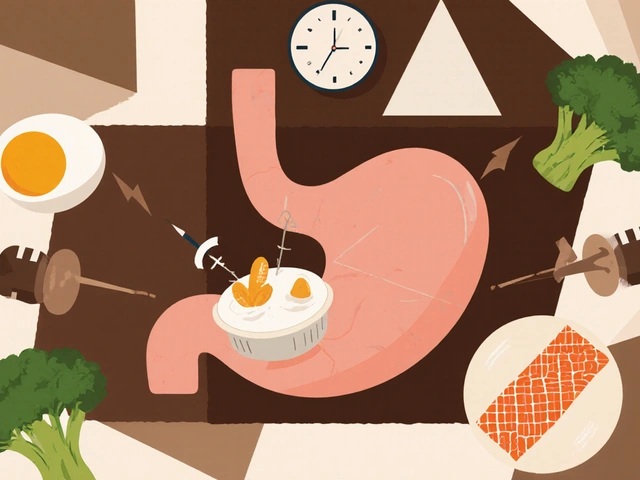
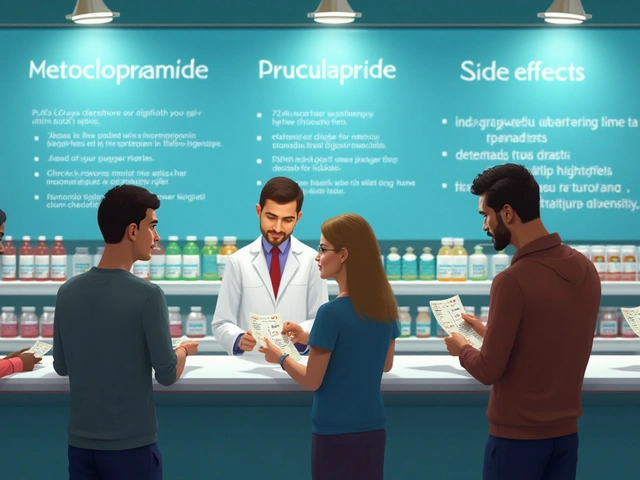
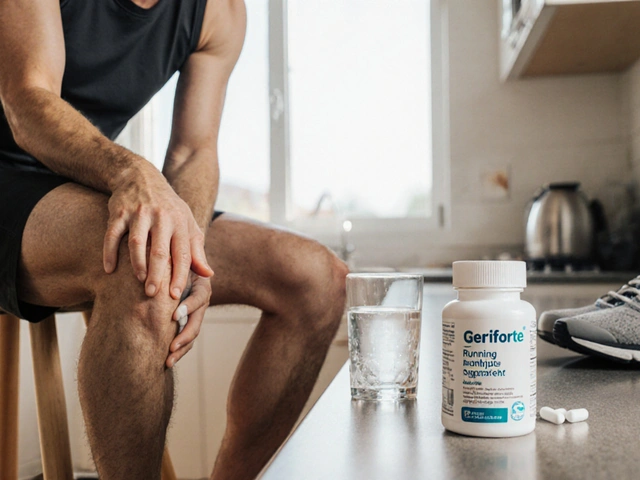
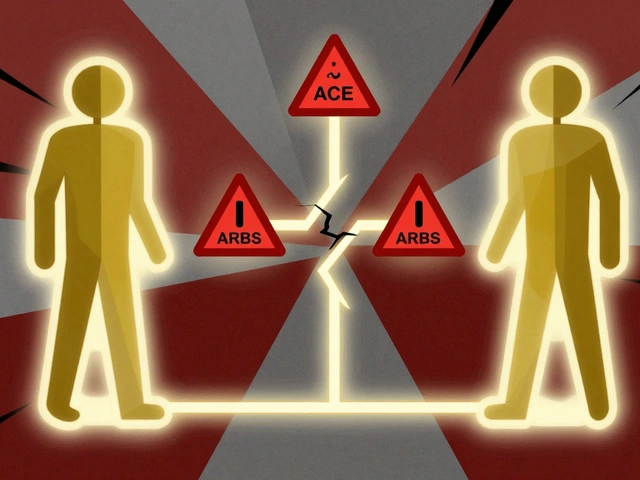
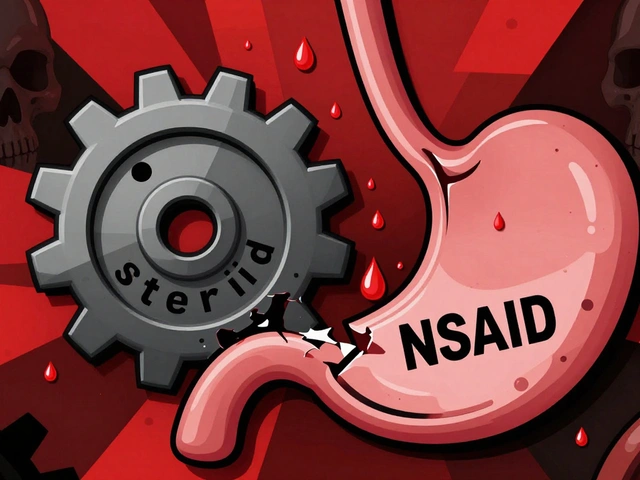
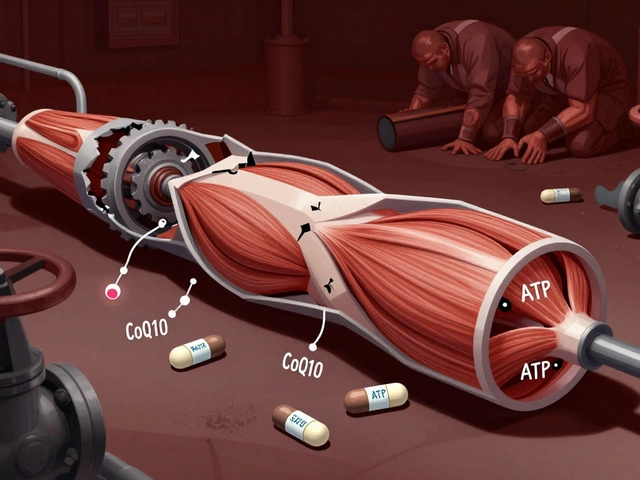
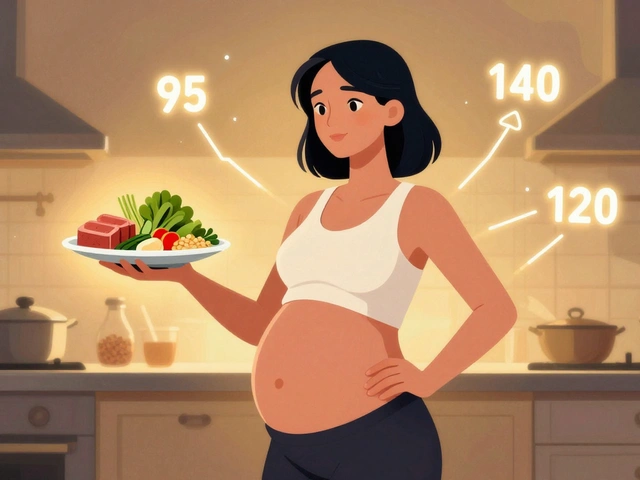

14 Comments